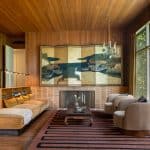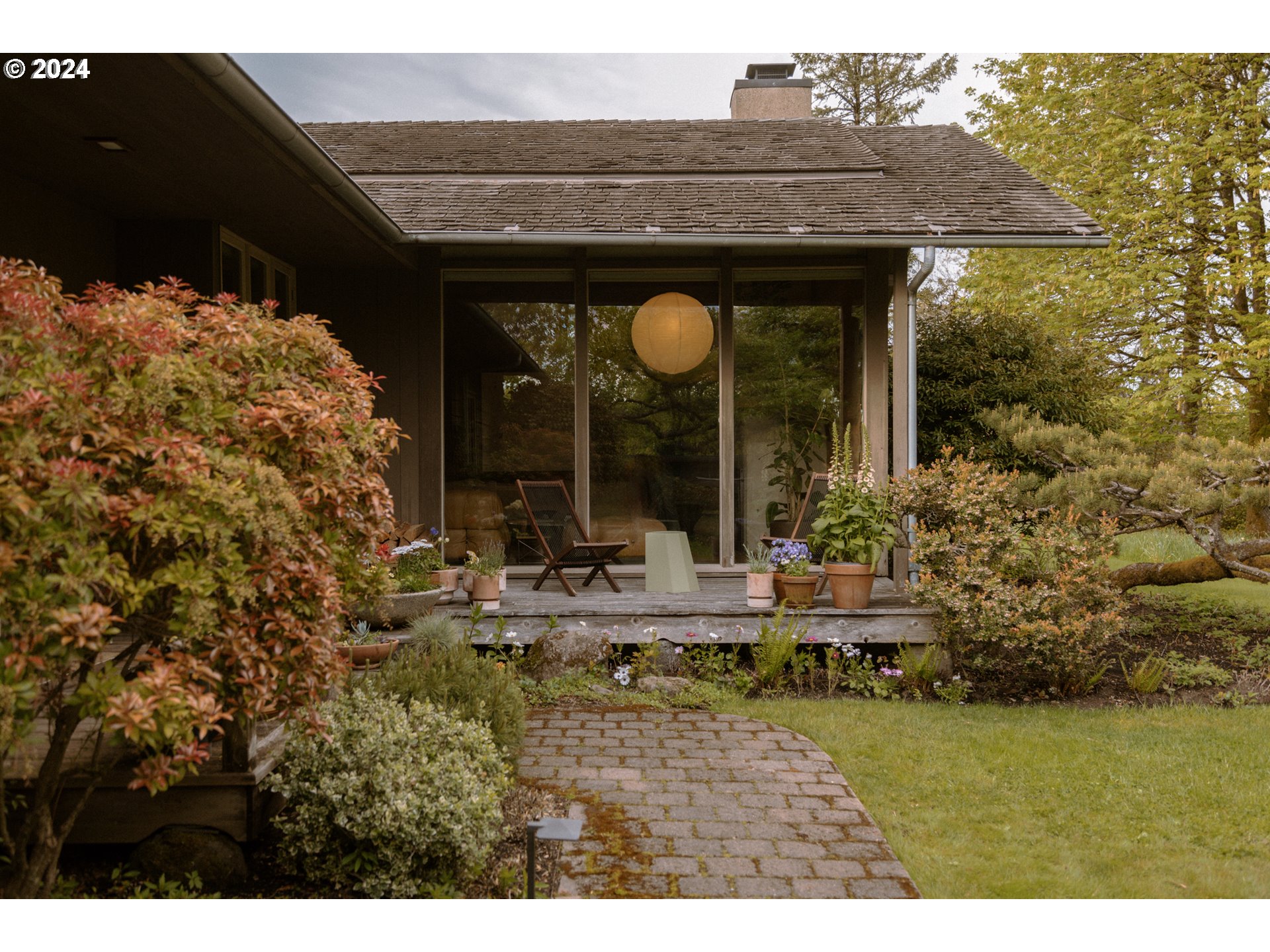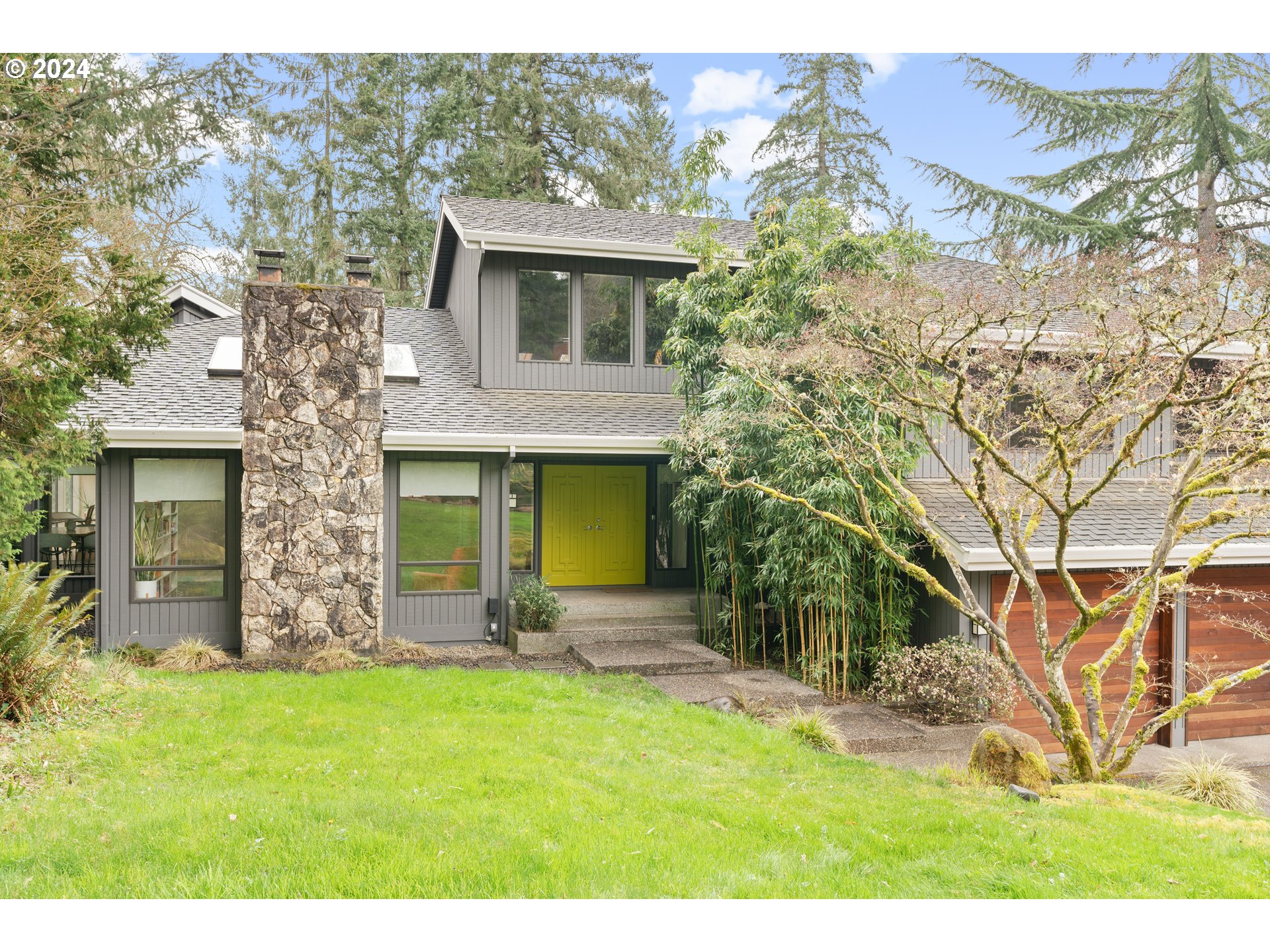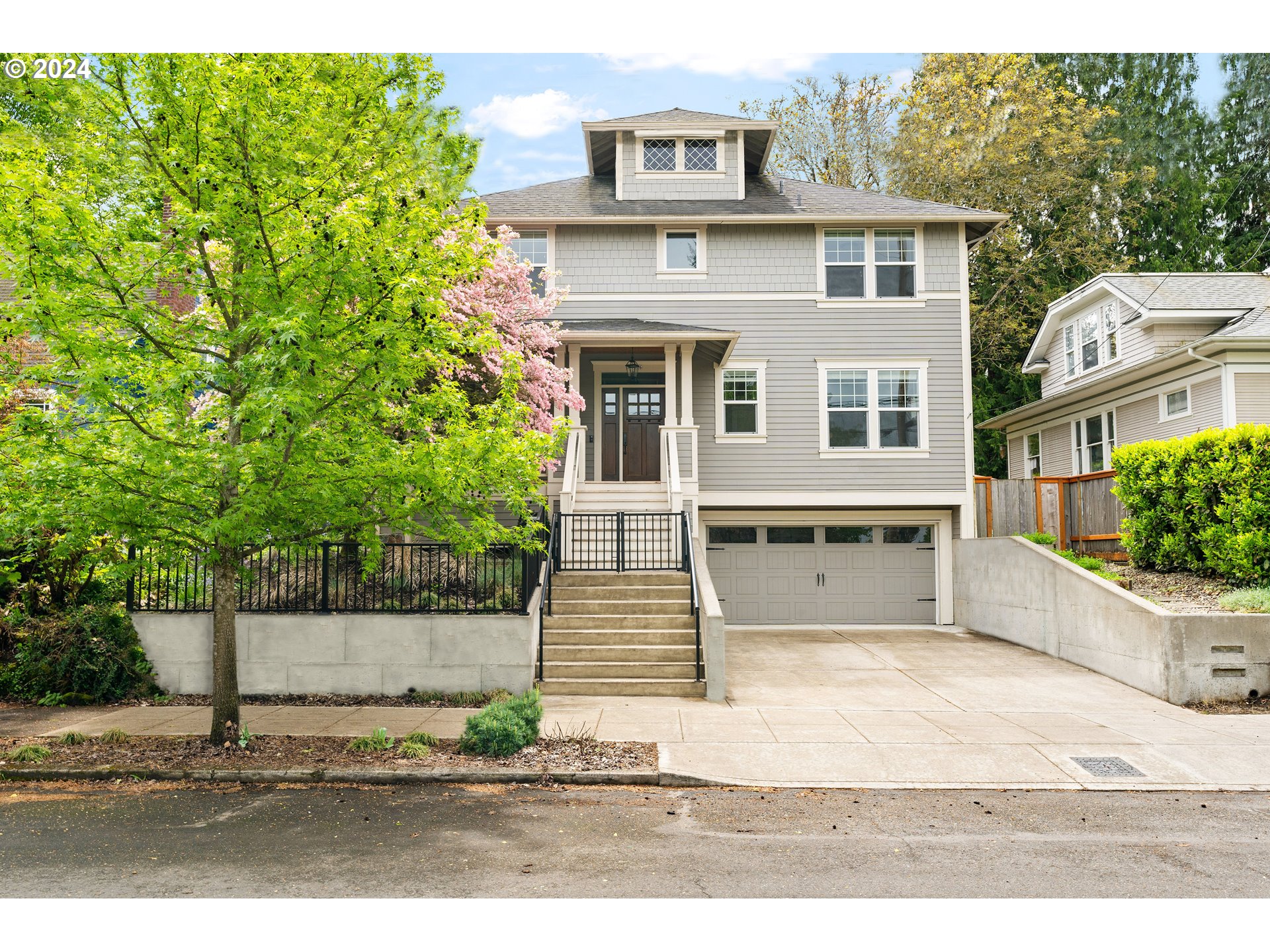Welcome to our back-to-basics series. I’m diving into the core elements and features of mid-century modern architecture, furniture, decor, art, and design.
What is “Mid-Century Modern?”
The mid-century modern design movement is based on the décor styles of the mid-1940s through the late 1960s. During this time, clean lines, muted tones, the combining of natural and manufactured materials with splashes of vibrant colors, and outdoor elements were prevalent in home design.
The key components of Mid-Century Modern design can be broken down into…
- Minimalism – One of the main focuses of the mid-century modern design style is having clean, functional, clutter-free spaces.
- Mixing materials and aesthetics – The mid-century modern movement began after World War II when mass production became more common. Incorporating natural materials like wood and glass with manufactured mass-produced materials like plastic and fiberglass added character and convenience to home design.
- Seamless blending of indoors and outdoors – Bringing the outdoors in must be included in the mid-century modern home. Large windows are an excellent way to allow nature into the home, and indoor plants are an absolute must.
- Natural hues with surprising pops of color – For color palettes, using neutral tones as a base, with pops of vibrant colors, is key with mid-century modern design. Dark green, bright orange or sky blue are especially popular colors with this style.
Key Characteristics of Mid-Century Architecture
Let’s look at some of the other characteristics that should be included in mid-century modern architecture:
Functionality and inviting of convenience
Minimalism above all
Angles and contrasting lines
Flat planes and open-concept spaces
Oversized (often floor-to-ceiling) windows
Blending of indoor and outdoor








